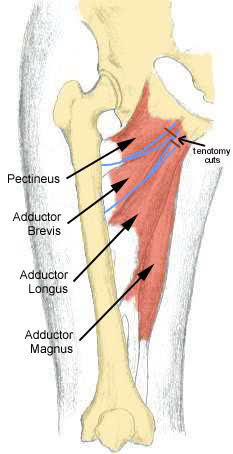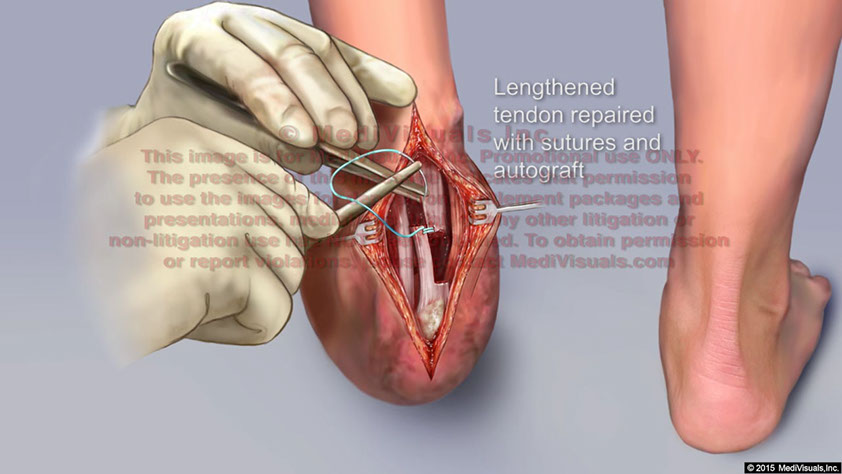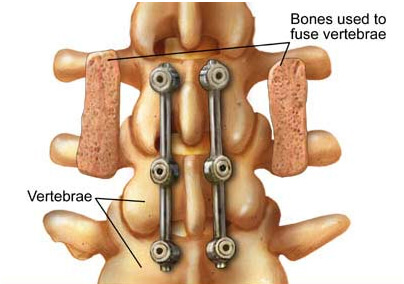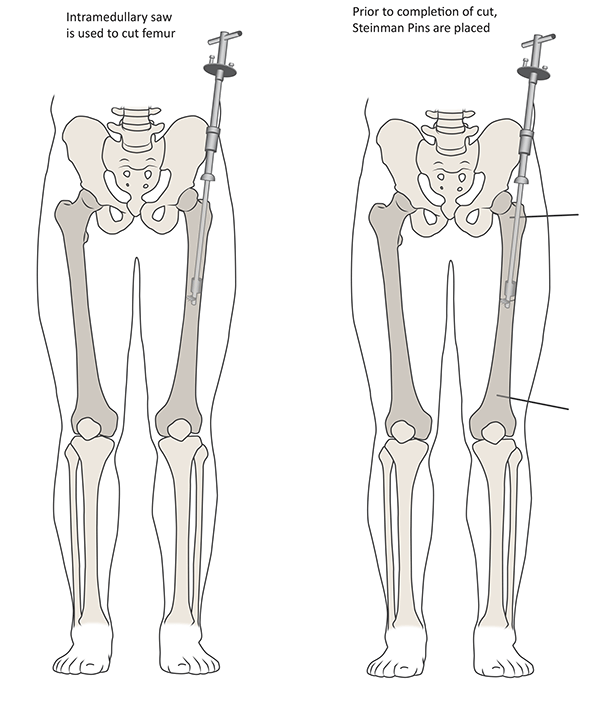About The Cost Guide
When a child is diagnosed with cerebral palsy or another disability, parents may wonder what types of costs they should expect to confront in the coming years. Our Cost Guide can help your family break down financial matters, learn about what resources and care your child may need, and better understand how to mitigate costs. Join us as we take a closer look at the costs associated with different disabilities and dive deeper into explaining how costs accumulate over a child’s lifetime.
How Did We Calculate These Numbers?
Most of the numbers we present in this cost analysis are estimates and averages, not exact figures. When available, we extracted averages from research articles or governmental websites (such as the Bureau of Labor Statistics). We also also gathered numbers from cost projections that our financial experts provided, and relied on blogs and popular cost-comparison websites to fill in the gaps. Our aim is to consolidate the available information into a single guide for families to use as they prepare their financial plans. You may also notice that some of the prices given do not have citations; these numbers are averages and estimates taken from prices listed by several manufacturers, providers, and planners. Others, particularly those reported as “lifetime costs,” reflect medical malpractice settlement amounts for children who have cerebral palsy as the result of a birth injury (during litigation, anticipated expenses are broken down into categories).
Overall, this piece is meant to give parents of young children with cerebral palsy and other complex health needs a general sense of the expenses they might incur – not to provide an exact budget. Costs associated with treating and managing cerebral palsy vary widely depending on an individual’s needs, lifestyle, and preferences.
Equipment and Technology
What Is Assistive Technology?
Assistive technology is any type of object or system that promotes greater independence in people with disabilities. This could be something as simple as a pencil grip to make writing easier for someone with fine-motor difficulties, or as complicated as eye-tracking software that allows a nonverbal person to communicate. The term adaptive equipment is used when talking about things designed specifically for people with disabilities: things people without disabilities rarely use. It is a subcategory of assistive equipment.
Kinds of Assistive Technology and Adaptive Equipment:
Assistive technology/adaptive equipment can be broken down into several major categories (these are not completely mutually exclusive):
Resting/sitting/standing
This could include a bed positioning system that makes it easier for people with breathing problems to sleep, a chair that is designed to prevent postural deformities from developing, or a stationary stander that allows people who lack control of their legs to maintain an upright position.
Writing, communicating and computing
This is a fairly broad category. It may include pencil grips or weighted writing utensils, talk-to-text technology, a keyboard with large keys that are easier to press, or high-tech symbol-based programs that can help people with cognitive impairments to communicate without speaking outloud, reading, or writing.
Eating
Some people with cerebral palsy use weighted utensils to minimize tremors, “swivel” utensils so that they can feed themselves with a limited range of motion, or utensils attached to a “wrist cuff” so they do not have to worry about accidentally letting go of a fork or spoon that is full of food.
Safety
Some people with CP may need an emergency response system (a button they can press to call for help). Many other safety items overlap with different equipment categories. For example, a stair lift could help someone safely go from one floor to another, but this is also a form of mobility equipment. A shower railing could prevent someone from slipping and getting hurt, but this could also be placed in the “personal care” category.
Vision and hearing equipment
These are items like glasses, hearing aids, and cochlear implants. In this cost breakdown, we have placed these items under “Medical Equipment.”
Mobility
Some examples of mobility equipment include wheelchairs, standing wheelchairs, electric scooters, gait trainers, and crutches.
Personal care
Assistive/adaptive items for personal care include brushes with long handles, easy-grip nail clippers, and tube squeezers for those who are lacking in hand strength.
Please note that this list is by no means exhaustive. There are thousands of assistive technologies and adaptive equipment items that may help people with cerebral palsy. For more information, check out AbleData, which is run by the US Department of Health and Human Services.
The Cost of Assistive Technology
Novak et al. (2012) conducted a study of assistive equipment needs in 242 Australian children with cerebral palsy. They found that the children’s use of assistive equipment could be predicted by the Gross Motor Function Classification System (GMFCS), which classifies cerebral palsy into five levels based on motor control. They found that children who were GMFCS level one (the least affected) used on average 2.75 pieces of assistive equipment, and children who were GMFCS level five had an average of 10. Likewise, the total equipment cost for level one children was usually under about $780 USD, whereas children who were in levels four or five often required upwards of $3900 USD worth of equipment. Some of this consisted of high-cost items like power wheelchairs and lifts. Researchers in this study did not account for equipment replacement rates, but note that items may need to be replaced as frequently as once a year. Therefore, actual lifetime costs are much higher than their estimates.
Paying for Assistive Technology
Medicare and private insurance companies will pay for some types of assistive equipment, but only those which they deem medically necessary. Unfortunately, a lot of items that can make a huge difference in the lives of children with cerebral palsy may not fall under this category. One example is standing wheelchairs. These are wheelchairs that can adjust from a sitting position to a standing position. This is important not only for the sake of convenience (e.g. reaching high-up items) and the ability to interact with others at eye-level, but also because too much sitting increases one’s risk for a variety of negative health effects. Arva et al (2009) found that regular access to a standing wheelchair improves physical well-being in the following areas:
It is not impossible to convince insurance companies to cover standing wheelchairs, but it can be very difficult. Some people obtain standing wheelchairs and other items Medicare may be reluctant to provide from nonprofits (like the Stand Up and Play Foundation), churches, etc, or from assistive technology lending libraries/exchange programs (see this list from the adaptive equipment company Rifton). However, funding/availability may be limited and many end up going without.
Even items that insurance may cover, like power wheelchairs, can still have very high copays. The cost of power wheelchairs averages out at a little over $7,000 (http://health.costhelper.com/wheelchair.html). Medicare will pay 80% of what it considers “durable medical equipment” (power wheelchairs should fall under this category). So, that still leaves almost $1,500 as the responsibility of the wheelchair user/their family. Moreover, Medicare will replace power wheelchairs once every five years, more frequently only under extenuating circumstances. However, individual replacement needs may be closer to every three years (Novak et al. 2012), and even if every five years is acceptable, the copays for replacements can add up. It is perhaps not surprising that a survey of American adults revealed that one in three people who needed new adaptive equipment were unable to obtain it (Bingham and Beatty 2003 as cited within Novak et al. 2012), and that parents of children with cerebral palsy often struggle financially (Brehaut et al. 2004 and Honeycutt et al. 2003 as cited within Novak et al. 2012).
Orthotics are devices worn to align, support, or improve function in part of the body. What orthotic devices an individual child with cerebral palsy will require depends on what parts of their body are affected and the extent to which they are affected. Often, this takes the form of a brace. It could be something fairly simple, like elbow orthotics, or more extensive, like hip-knee-ankle-foot orthotics. Many children with cerebral palsy require custom-made orthotic devices, which can cost thousands of dollars. Some will need to be frequently replaced as the child grows. Orthopedic shoes are another common requirement. These can cost hundreds of dollars per pair. Medicare may cover 80% of orthotic devices and orthopedic shoes if there is proven medical necessity.
Children with cerebral palsy may need a range of medical equipment. The following are some of the most common types. Medicare and private insurance companies will likely cover some, but not all, of the expenses associated with these devices:
Baclofen Implant
Baclofen is a drug used to reduce spasticity and muscle tightness. It can be taken orally, or through a pump that administers baclofen directly to the spine. The latter is generally thought to have fewer negative side effects because the dose needed to produce the desired effect in the spine is lower. The baclofen pump is placed under the skin in the abdominal area, and wirelessly programmed to deliver baclofen to the spine. The total cost of getting and maintaining a baclofen pump for a year amounts to about $28,500, though the cost should go down in subsequent years (Postma et al. 1999)
Hearing Aids and Cochlear Implants
Many children with cerebral palsy have hearing impairments, and may require hearing aids. These can cost thousands of dollars for each ear, and require replacement about once every five years. Cochlear implants might also be necessary, and these cost upwards of $40,000. ( http://www.asha.org/public/hearing/Cochlear-Implant-Frequently-Asked-Questions/). For more information on cochlear implants see “Surgeries and Medical Procedures.”
Vision-Related Equipment
Vision problems are also often associated with cerebral palsy. Some children have strabismus, or “cross-eyes,” which can result in issues with depth perception. Others may have problems like myopia (nearsightedness), hyperopia (farsightedness), or an astigmatism (difficulty viewing both very close and very far away objects). To combat these issues, children with cerebral palsy may need vision-related equipment such as glasses (which may cost upwards of $450/year) or corrective lenses (which may cost upwards of $900 per year)(https://www.eyecarecs.com/the-cost-of-eyeglasses-vs-contact-lenses/). Surgical interventions may also help; please see “Surgeries and Medical Procedures,” for more info on this.
Feeding Tubes
Children who are severely affected by cerebral palsy may require tube feeding. Each year, this costs about $12,000 (Papadopoulou and Sullivan 2016). Costs can also increase greatly if there are tube-related complications. For example, many children frequently pull their feeding tubes out, and they have to be replaced. If this happens often enough, they may need to switch from a nasogastric tube, which is inserted through the nose, to a gastronomy tube, which is inserted directly into the abdomen. This involves additional surgery costs (https://notube.com/additional-topics/how-much-does-it-cost-to-have-a-child-with-a-feeding-tube-2).
Vagus Nerve Stimulators
Cerebral palsy also commonly causes seizures. One treatment for seizures is the vagus nerve stimulator. This is a device that is implanted in the chest and wound around the vagus nerve in the neck. It sends pulses of electrical energy to the brain, and can prevent seizures from occurring. The cost can vary, but often insurance companies, Medicaid, and Medicare cover the therapy costs. (Epilepsy Chicago: Vagus Nerve Stimulation).
Ventilators
Children with cerebral palsy may require breathing aids due to a number of factors, including muscle weakness, prematurity-related conditions, and organ system impairments. Some breathe through a ventilator. On average, ventilators cost about $6,000 (not including associated care costs) (https://www.medicalpriceonline.com/medical-equipment/ventilator/).
- Novak, Iona, Hayley Smithers-Sheedy, and Cathy Morgan. "Predicting equipment needs of children with cerebral palsy using the Gross Motor Function Classification System: a cross-sectional study." Disability and Rehabilitation: Assistive Technology 7.1 (2012): 30-36.
- https://www.ncbi.nlm.nih.gov/pubmed/21314294
- Arva, Julianna, et al. "RESNA position on the application of wheelchair standing devices." Assistive Technology 21.3 (2009): 161-168.
- “How Much Does a Wheelchair Cost? - CostHelper.com.” CostHelper, health.costhelper.com/wheelchair.html.
- Postma, Theo, et al. "Cost analysis of the treatment of severe spinal spasticity with a continuous intrathecal baclofen infusion system." Pharmacoeconomics 15.4 (1999): 395-404. https://link.springer.com/article/10.2165/00019053-199915040-00007
- “Cochlear Implant Frequently Asked Questions.” Averican Speech-Language-Hearing Association, ASHA, www.asha.org/public/hearing/Cochlear-Implant-Frequently-Asked-Questions/.
- “The Cost of Eyeglasses vs. Contact Lenses.” Eye Care Center of CS, www.eyecarecs.com/the-cost-of-eyeglasses-vs-contact-lenses/.
- Papadopoulou, A and Peter B. Sullivan. “Enteral Tube Feeding in Children with Cerebral Palsy - Ethical Considerations.” Physical Medicine and Rehabilitation - International. 3.3 (2016): 1088.
- Scheer, Samuel. “How Much Does It Cost to Have a Child with a Feeding Tube?” NoTube, 15 Sept. 2016, notube.com/additional-topics/how-much-does-it-cost-to-have-a-child-with-a-feeding-tube-2.
- “Cost of Treatment.” Epilepsy Foundation, epilepsychicago.org/epilepsy/treatment/vagus-nerve-stimulation/cost-of-treatment/.
- “Average Ventilator Price Quotes and Cost Information.” Medical Price Online, www.medicalpriceonline.com/medical-equipment/ventilator/
Home/Vehicle Modifications
Home modifications can help children and adults with cerebral palsy to live safely and comfortably, and to become more independent. These modifications may involve both easy add-ons that can make a big difference, as well as larger structural changes to a home. Some examples of home modifications include:Home modifications can help children and adults with cerebral palsy to live safely and comfortably, and to become more independent. These modifications may involve both easy add-ons that can make a big difference, as well as larger structural changes to a home. Some examples of home modifications include:
Door widening(full threshold doorways)
Lowering countertops, windows, etc
Installing bars and handholds
Total remodel of bathroom for rolling out of shower, ramps
Open floorplan
Removal of steps
A way for visitors to communicate with the resident (intercom, etc.)
Motion detector for lights
Easy-to-use hardware (keyless locks, touch handles, etc.)
Remote controls for heating, cooling, doorbells, etc
Garage extension (for conversion van)
Home modifications on average may cost $50,000-$100,000. However, expenses will vary widely based on the needs of the individual. It is important to note that some parents of children with cerebral palsy choose to move in order to have better access to specific resources their child needs, such as quality special education programs. In these cases, they may take accessibility into account when purchasing a home. For example, they may look for a ranch rather than a multi-level house. This may cut down on the cost of modifications, but there are also expenses associated with moving.
Home modification is expensive, but there are certain grants and other resources that may be available to help defray the cost of making a home accessible. Title I Property Improvement Loans are loans set aside specifically for rehabilitating old properties and improving livability, Section 203(k) Rehabilitation Loans help to finance or refinance home purchases, the Housing Choice Voucher Program (formerly known as Section 8 Vouchers) provide subsidies for low-income individuals seeking housing, and certain federal assistance programs may be able to help defray the cost of accessible housing. The goal of the Home Accessibility Tax Credit (HATC) is to help defray the cost of accessibility renovations by providing a reimbursement of a portion of your tax burden. The United Spinal Association has a comprehensive accessible home guide parents may find useful.
Some children and adults with cerebral palsy also require modified vehicles. New wheelchair-accessible lift vans cost approximately $40,000-$70,000, and will need to be replaced about as frequently as any other car. Some people choose to adapt a vehicle they already own: this can cost closer to $15,000. Another option is purchasing a used accessible van. The cost of this will vary widely depending on mileage, and the type of vehicle, etc.
For drivers with cerebral palsy, adaptive driving systems may also be required. Some examples include foot steering systems (about $3,000), low-effort steering systems (about $300), one-hand control systems (about $260) and knob steering (about $50).
Vehicle dealerships, mobility organizations, and other groups may be able to help you pay for vehicular modifications:
The National Mobility Equipment Dealers Association:
This non-profit association of mobility professionals partners with individual dealerships and provides financing info to make accessible vehicles more affordable.
The Association for Driver Rehabilitation Specialists provides a searchable database of medical and mobility equipment providers on their site.
People
Important Notes and Disclaimers For This Section
It is important to note that the numbers provided in this section are average estimates; home care prices varysignificantly depending on location, the patient’s needs, hours of assistance needed, overtime costs, quality of care, and more. Additionally, costs are subject to inflation.
Some parents assume all or some of the work caring for their child’s medical needs. In these cases, the amount they pay for home health care may be very low, but their own loss of salary may have a substantial impact on their financial well-being. For more information about loss of salary, please see “Other Financial Considerations.”
Some parents choose to put their children in skilled nursing facilities as opposed to hiring assistance within their own homes. Some facilities may cost anywhere from $65,000 to $170,000 per year. Another option is special needs day care programs (available for adults as well as children). These range in price from about $7,750 to $32,500 per year (https://www.care.com/c/stories/10266/special-needs-care-for-adult-children-cost-of-care/).
Children and adults with cerebral palsy often may require in-home caretakers, appointments with experts, and support from other doctors and specialists. Compensating these people can make up a large portion of the expenses associated with caring for an individual who has cerebral palsy. Some of the people you may end up paying for support services include:
Personal care aides (PCAs)
PCAs generally are not trained in providing medical care, but they can assist with custodial, supportive, and long-term care services like cleaning, cooking, running errands, and companionship, as well as personal care services such as bathing, grooming, and ambulation. PCAs and other assistants (such as home helpers or non-certified aids) may not necessarily have a certification or license, though (depending on individual state regulations) some may. Often, these are private duty hires or are part of non-medical home care agencies. Personal care aids cost, on average, $20/hour, or $174,720/year for 24/7 care.
Home health aides (HHAs)
Home Health Aides can help individuals with the activities of daily living (such as bathing, dressing, and toileting), and assist in changing simple dressing and take vital signs. The key difference between an HHA and a PCA is that HHAs provide medically-focused care , while PCAs do not. Depending on the state, HHA certifications can vary. Often, HHA certification is taken as part of a CNA course. Sometimes HHAs are covered by insurance. Home health aids cost, on average, $20.50/hour, or $179,088/year for 24/7 care.
Certified nursing assistants (CNAs)
In addition to the work provided by a PCA or an HHA, CNAs can assist in medical-related tasks under the supervision of a nurse (an RN or nurse practitioner). These tasks can include setting up medical equipment, observing patients, cleaning catheters, controlling infections and administering certain needed treatments. CNAs go through state-approved training, which includes HHA training. Certified nursing assistants cost, on average, $22/hour, or $192,192/year for 24/7 care.
Licensed Practical Nurses (LPNs)/ Licensed Vocational Nurses (LVNs)
This nursing staff classification provides basic medical and nursing care. This can include checking blood pressure, changing catheters, reporting health changes to supervisory staff, and similar tasks. Usually, LPNs and LVNs have one year of training and a certificate. These staffers report to an RN or other highly-certified medical staffer. Licensed practical nurses cost, on average, $43/hour, or $375,648/year for 24/7 care.
Registered Nurses (RNs)
Registered nurses have a two-to-three year degree as well as a nursing diploma. These individuals often supervise the care provided by caretakers with less training, such as LPNs. Registered nurses cost, on average $55/hour, or $480,480 per year for 24/7 care.
Physical Therapists
Physical therapists help patients to improve movement and strength through training exercises, massage, and other activities. Individual physical therapy sessions range in price from about $50-$350.
Occupational Therapists
Occupational therapists help patients with physical, cognitive, or emotional disabilities to do daily work and personal tasks. Occupational therapy sessions range in price from about $50-400. However, some occupational therapy may be provided by public schools.
Cognitive Behavioral Therapists
Cognitive behavioral therapists can help children learn to more effectively manage emotions like anger, stress, and disappointment. Cognitive behavioral therapy sessions range in price from about $125-250.
Psychologists
People with mild-moderate cognitive impairment often also struggle with anxiety and depression. Managing life with physical impairments can also be frustrating and lead to emotional problems. Children with cerebral palsy may benefit greatly from therapy sessions with a psychologist. These range in price from about $75-$100 (https://www.goodtherapy.org/blog/faq/how-much-does-therapy-cost).
Respiratory Therapists
Many children with CP have oral-motor dysfunction, which means that they may experience difficulty in swallowing and breathing. Respiratory therapists can work with these children and suggest interventions that may help them breathe more comfortably and safely. Services provided at respiratory therapy appointments vary greatly in nature, as do their costs. For an example cost breakdown, visit this page: http://www.nationwidechildrens.org/price-information-list
Speech Language Pathologists
Speech problems are common in children with cerebral palsy, and speech language pathologists may be able to help some to communicate more effectively. Speech therapy sessions range in price from about $100-$250. Fortunately, like occupational therapy, public schools may provide some speech therapy sessions.
Alternative Therapists
Dozens of alternative therapies are available to people with cerebral palsy. Prices vary widely. To find out if your insurance plan covers alternative therapy, you may need to contact your insurance company, call local providers, inquire about additional costs, and negotiate coverage.
Appointment cost estimates from http://health.costhelper.com/, unless specified otherwise.
Tutors/Special Educators
Children whose cognitive function is affected by cerebral palsy may need tutors and other types of special educators. Tutors with limited experience may charge about $20-$40/hour, but educators with specialized training to tackle specific learning challenges may charge closer to $60-$200.
Sign Language Instructors
Many children with cerebral palsy are hearing impaired and/or nonverbal. Sign language classes can make a substantial difference when it comes to their ability to communicate. The cost of these classes can vary greatly depending on whether they are individualized or group classes, online or in person, etc.
Dieticians
Children with cerebral palsy often experience difficulty with eating and digesting food. Dieticians can help parents find foods their children can tolerate that are also nutritious and may improve their overall health. A consultation with a dietician is usually about $100-$200, with follow-up visits costing about $50-$150
(http://health.costhelper.com/).
Parents of children with cerebral palsy will likely end up paying for the services of other specialists, surgeons, and doctors. The cost of consulting with them will often be lumped into a hospital bill that also includes equipment, medication, etc. Here are a few examples:
Diagnostics and lab testing
Esophageal manometry, esophageal acid testing, swallow studies, ultrasounds, abdominal angiograms, biopsies, blood tests, EEGs, EKGs, MRIs, CT scans, X-rays, renal scans, scoliosis surveys, urinalysis, and more.
Specialists
These may include visits to and evaluations by neurologists, neuropsychologists, gastroenterologists, psychiatrists, urologists, dentists, dermatologists, opthamologists, pulmonologists, endocrinologists, cardiologists, ENTs, degutologists, and more.
For more information on the surgical and medical procedures themselves, please see the “Surgeries and Medical Procedures” section.
Insurance Coverage for In-Home Care and Specialist Appointments
Medicare and private insurance companies may cover a portion of the costs associated with paying for in-home care and appointments with therapists and other specialists – if these services are deemed medically necessary. However, the number of hours of in-home care they will cover is limited. Also, people who only require assistance with personal care activities (dressing, bathing, etc) do not qualify for Medicare services. Physical, speech, and occupational therapy may be covered, but not always; again, it depends on what insurers consider a medical necessity. Therapy is typically limited to a number of sessions that will be covered. Funding for tutors and other educators may be available through non-profit organizations, but for extensive, personalized educational services, parents will likely have to pay out-of-pocket.
- U.S. Bureau of Labor Statistics, U.S. Bureau of Labor Statistics, http://www.bls.gov/home.htm.
- Waltham, MA Featured Guides in. “Special Needs Care for Adult Children: Cost of Care.”Care.com, Care.com, 5 July 2017, https://www.care.com/c/stories/10266/special-needs-care-for-adult-children-cost-of-care/.
- “CostHelper Health & Personal Care.” CostHelper, health.costhelper.com/.
- FAQs, Therapy. “How Much Does Therapy Cost?” GoodTherapy.org Therapy Blog, 6 June 2016, www.goodtherapy.org/blog/faq/how-much-does-therapy-cost.
- https://longtermcare.acl.gov/costs-how-to-pay/costs-of-care.html
- http://jhinsurancewebsitedev.azurewebsites.net/long-term-care/cost-of-long-term-care-calculator/state-detail.aspx#MI
- https://www.ltcipartners.com/carriernews/john-hancock-updated-cost-of-care-site
- https://www.bls.gov/cpi/
- https://www.northwesternmutual.com/life-and-money/nursing-home-or-assisted-living-the-true-cost-of-long-term-care/
- https://www.care.com/

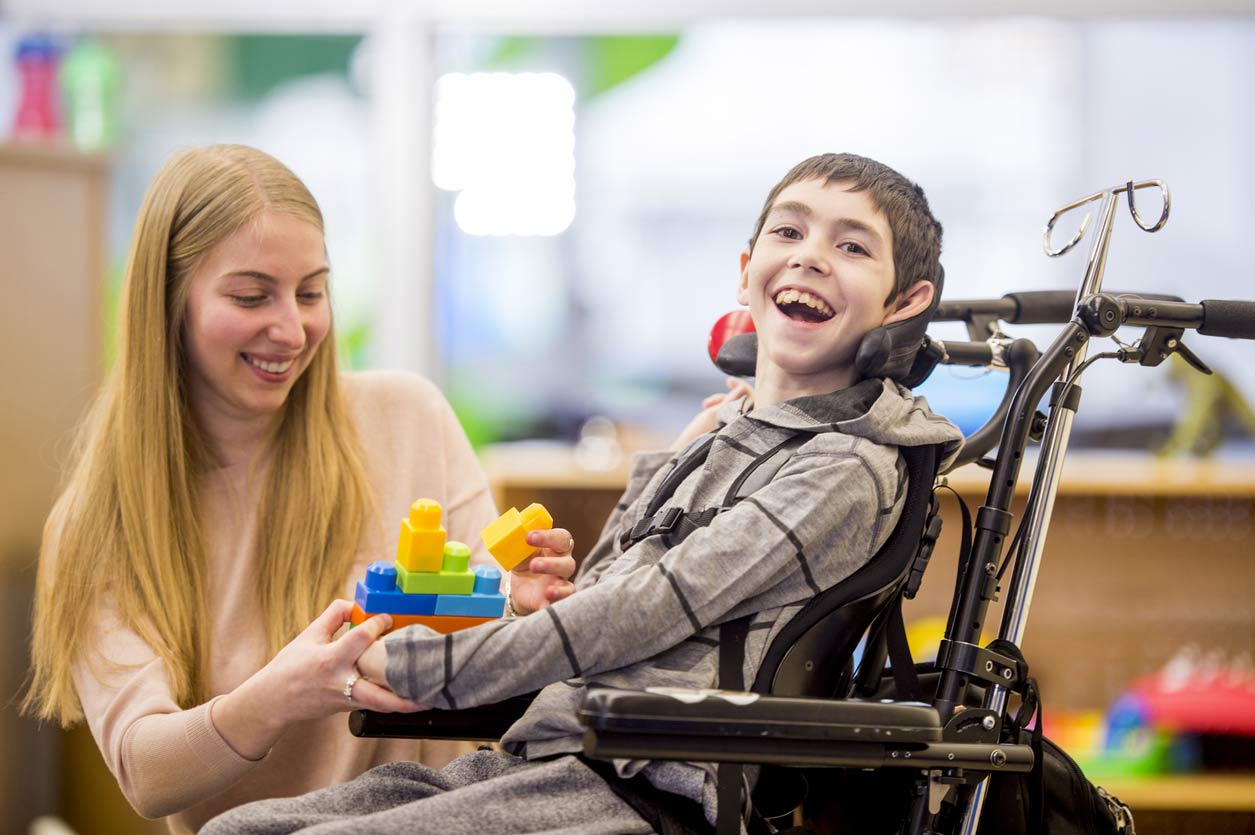
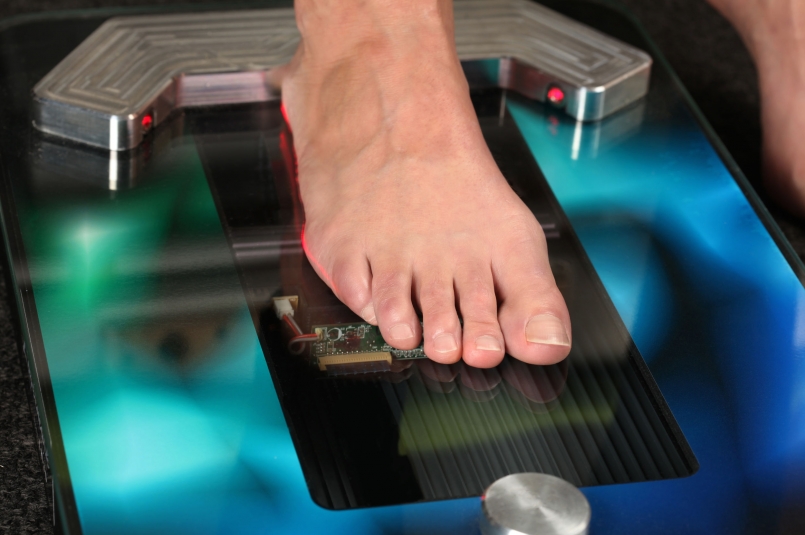
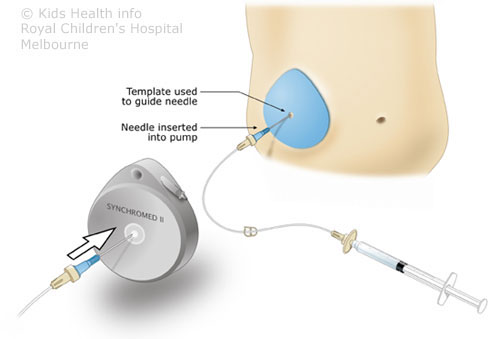
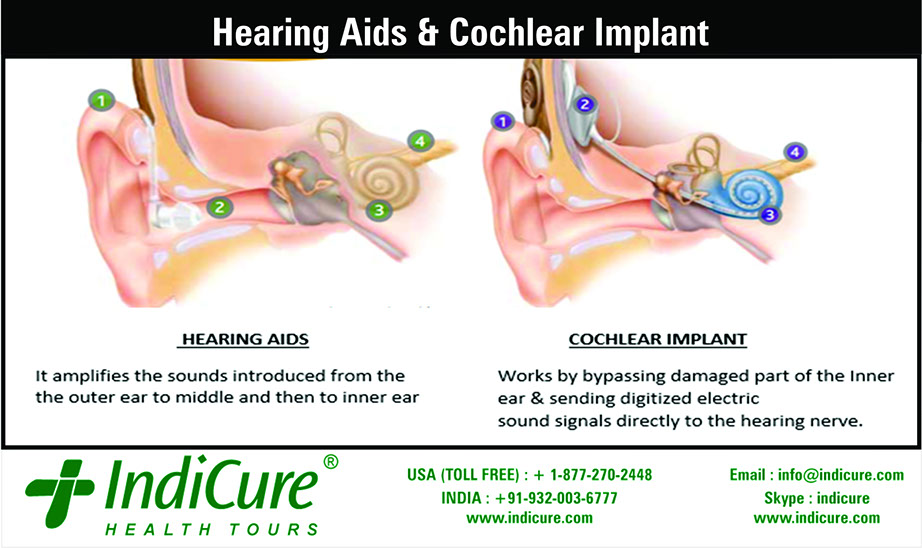
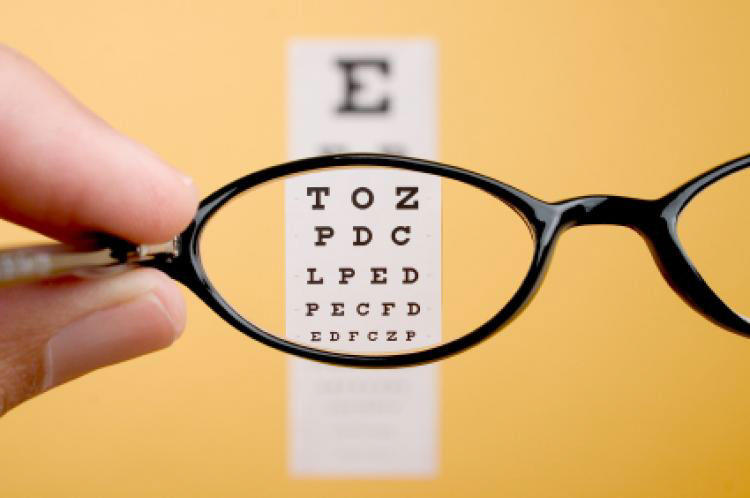
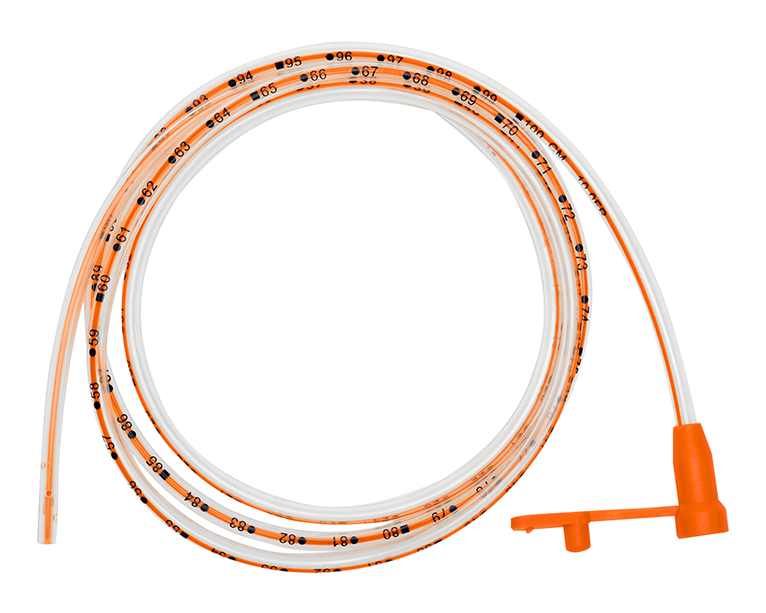
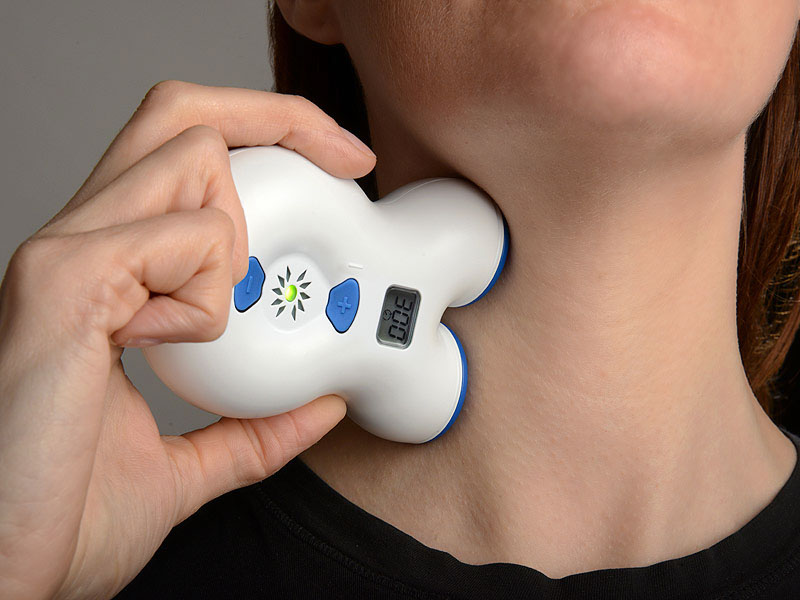
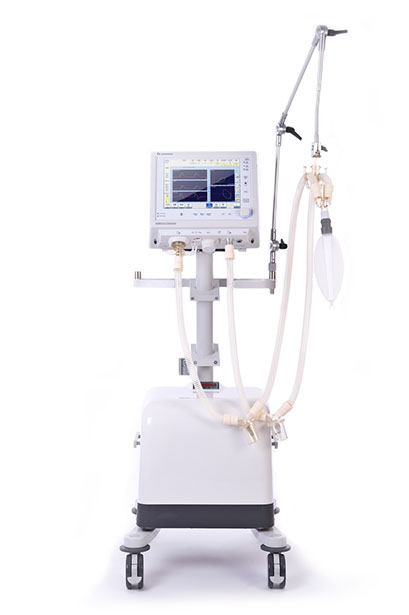

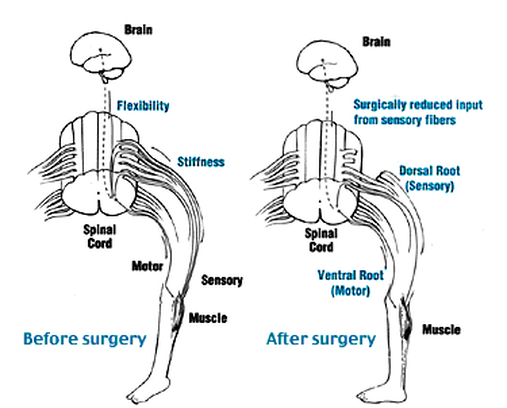

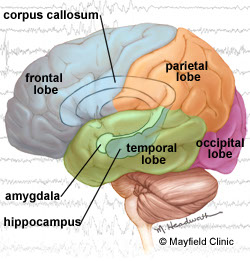
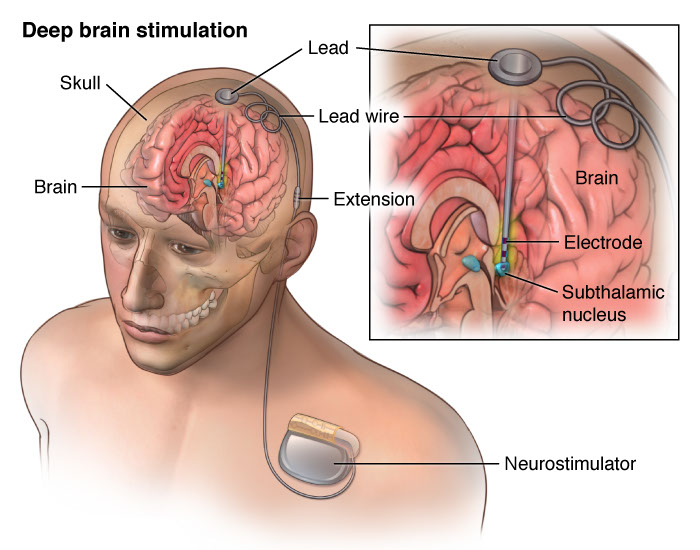
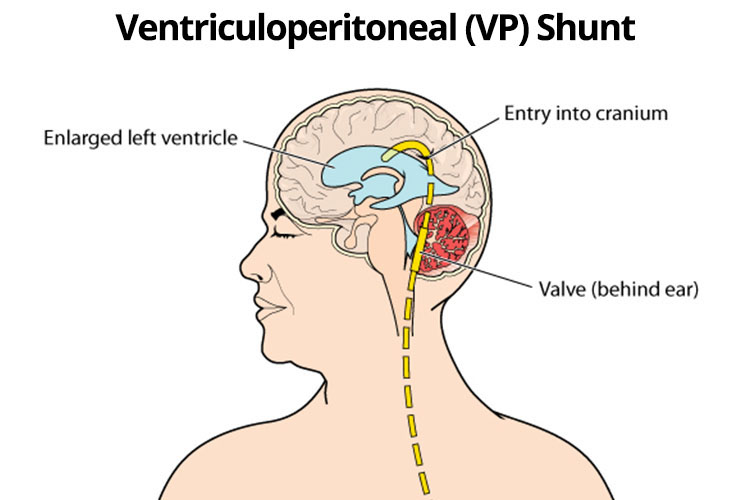
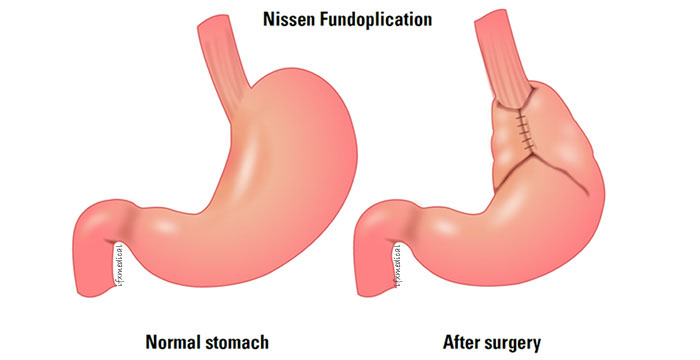
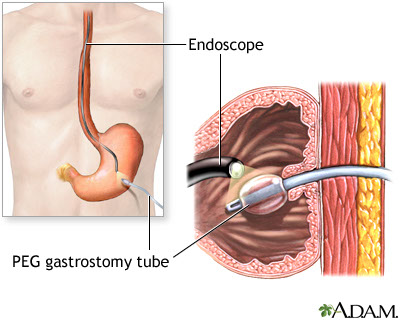



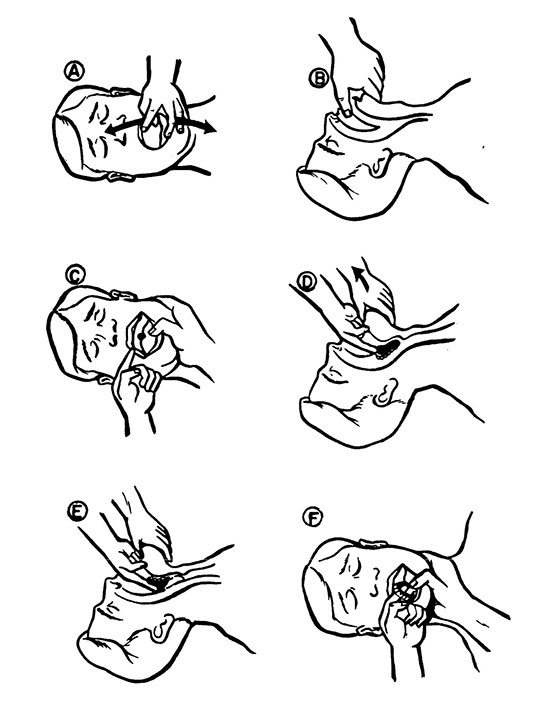
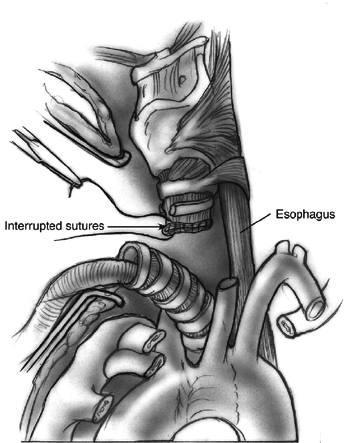
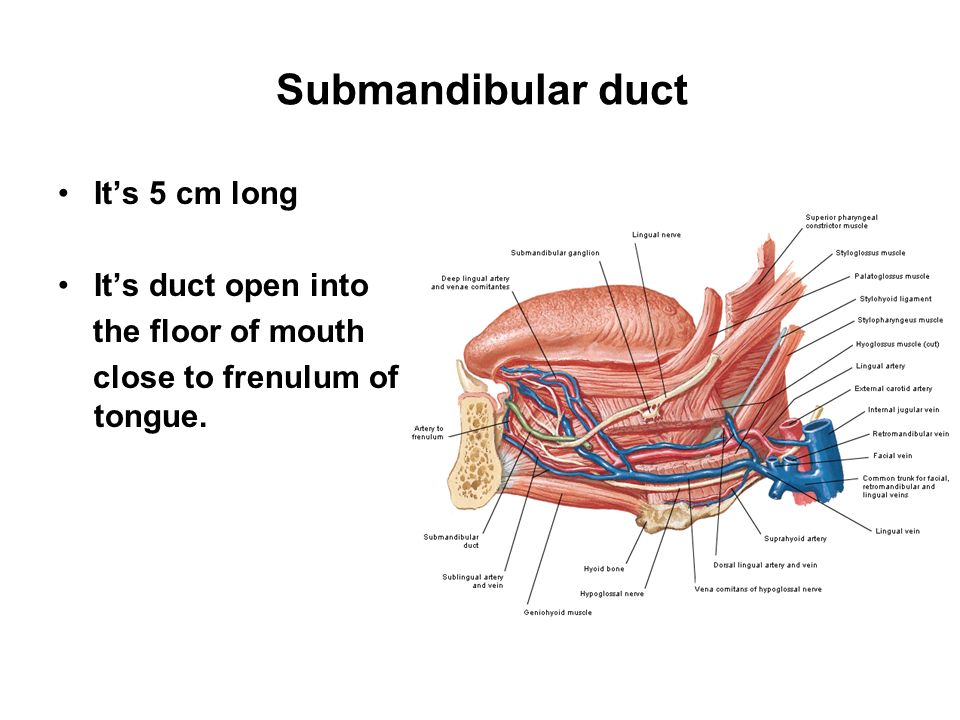


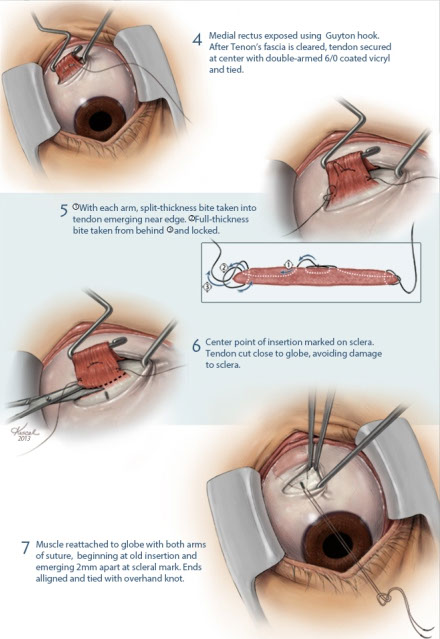
.jpg)
.jpg)
